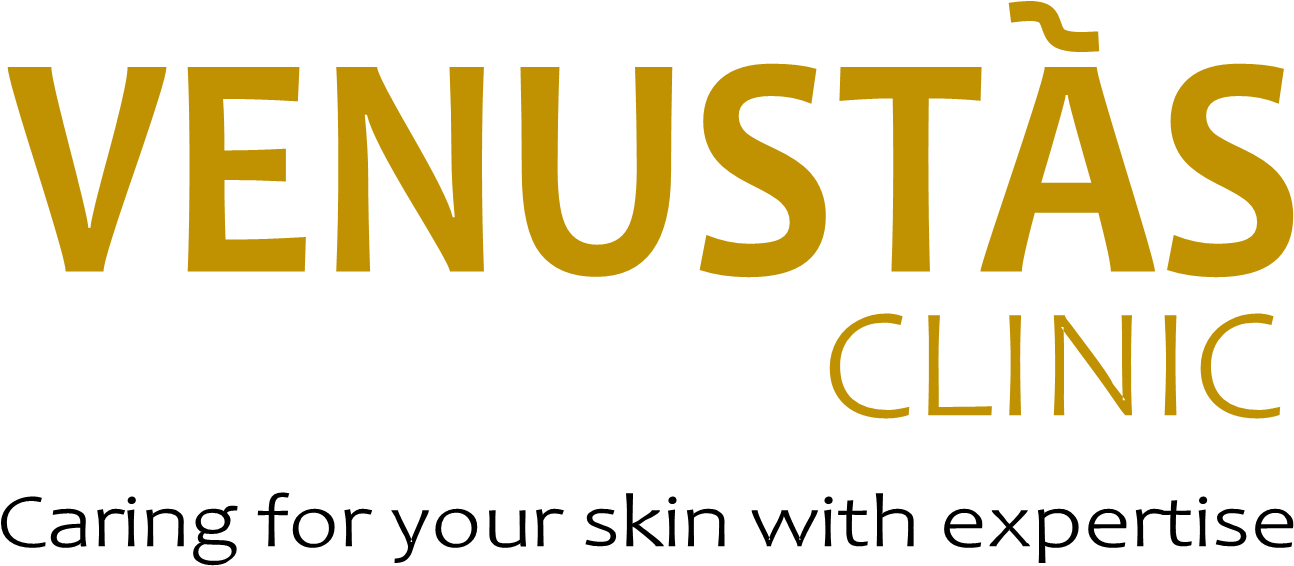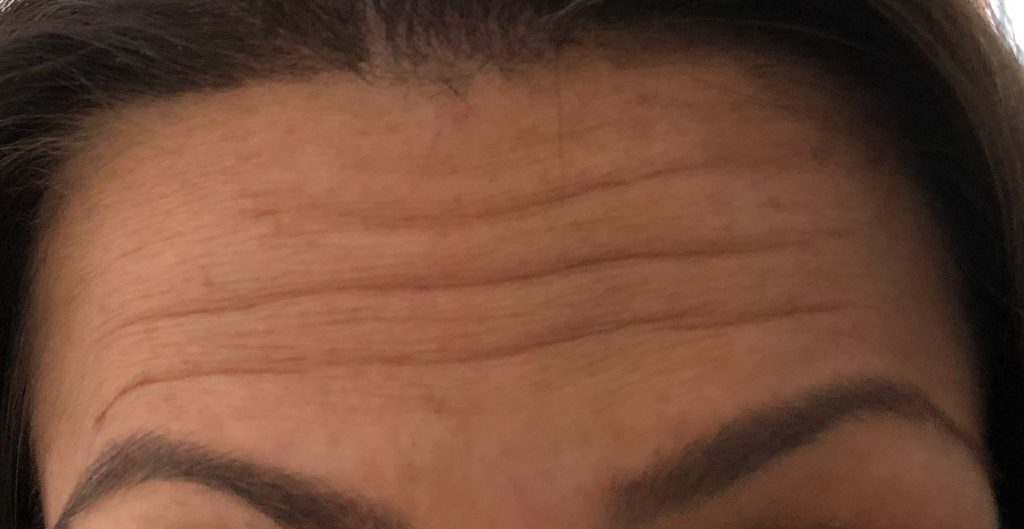
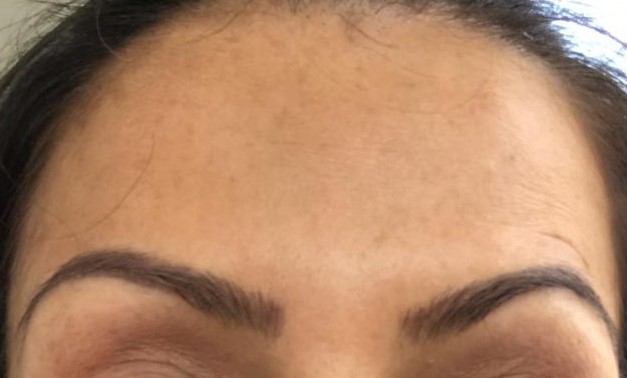
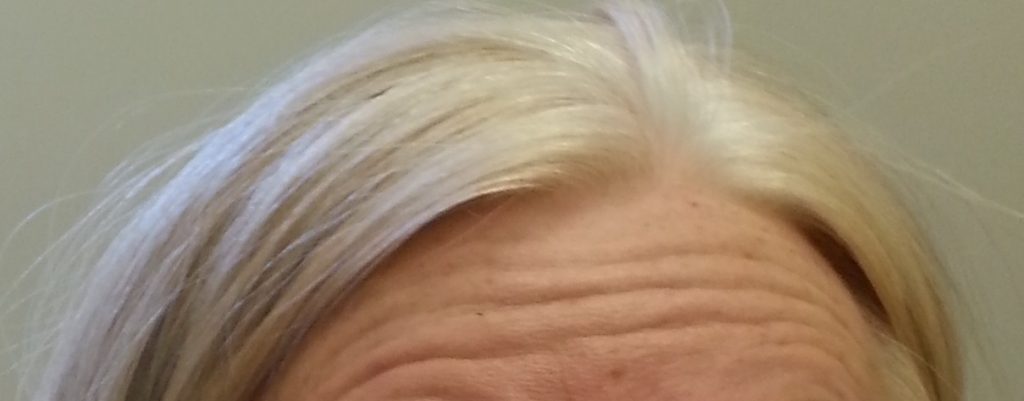
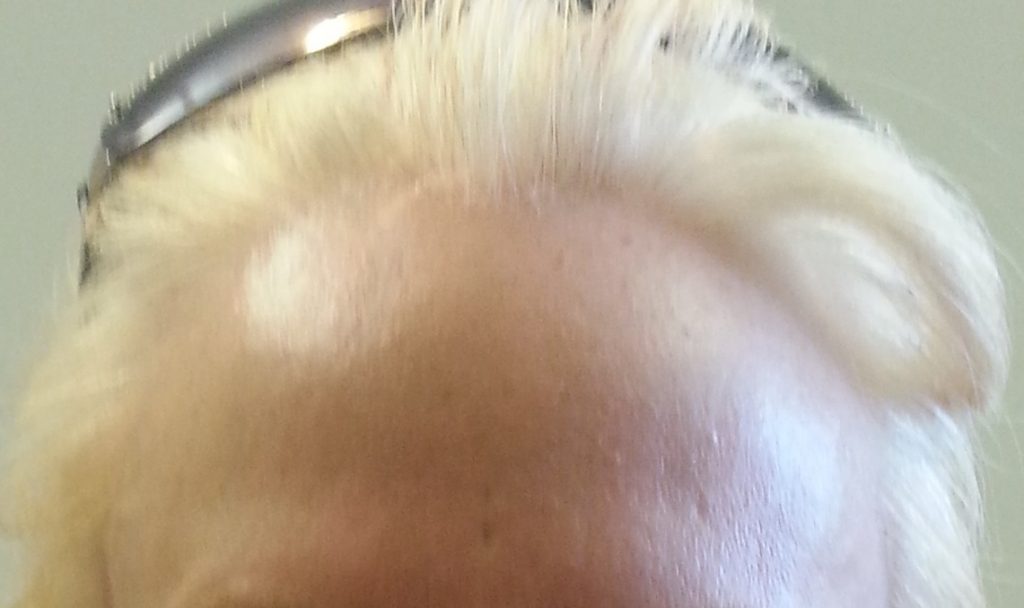
Anti Wrinkle Treatment Such As Botox – Prescription Only
After an initial consultation with our Consultant Prescriber you may be prescribed a Botulinum Toxin as part of your treatment, whilst there are many derivatives, Venustas use only Botox which is a registered trademark product.
What is Botox used for?
BOTOX® Cosmetic is most commonly used for:
- Frown Lines
- Lines around the eyes (crow’s feet)
- Horizontal forehead lines
- Nasal scrunch or squint lines
It is also used in small amounts in a number of other areas on the face depending on the way your muscles of facial expression work. It can raise the outer part of the eyebrow if it is sagging, lift the corners of the mouth, and help to smooth out dimpled or cobblestoned chins. Generally it is not used in the lines around the mouth, usually because it might be difficult to speak and eat.
What is Botox?
Botox Cosmetic is an injected liquid used to treat frown lines, squint and smile lines, nasal crunch lines, and horizontal forehead wrinkles. By relaxing the underlying muscles, these lines become less deep.
Botox has been used to treat thousands of customers medically and cosmetically over 20 years. Botox is produced in a lab by a bacterium called “Clostridium botulinum”. It has been purified under very strict controlled conditions. Botox is made by Allergan, a company with a twenty-year history of making this product safely.
When injected into a small facial muscle, it doesn’t travel anywhere else in the body. It gradually wears off naturally over a 3-6 month period. There are other forms of Botox now being produced by other companies. None have the track record of effectiveness and safety yet that Botox does.
How long do the effects of Botox last?
Most customers find that the effects of the injections last approximately 3-6 month. Most customers attend 3-4 times the first year and then 2-3 times in subsequent years. After the muscles have been relaxed for a while, it takes less to maintain that relaxation. But every customer is an individual, and there is no knowing exactly how you will respond.
How long does Botox take to work?
The effects are may be first noticed in 72 hours but it may take up to 14 days to maximize the effect. You may be asked to return after the first treatment so that we can assess your response. The first set of injections may only give a partial response. This is common and complete relaxation may be noticed after the second or third treatment.
Does the injection hurt?
Botox is injected with a very small needle (like an acupuncture needle), so it causes very little pain upon injection. Botox does not cause irritation or inflammation. Occasionally, customers have complained that there is a mild stinging sensation.
Are there any people who should not receive Botox?
Botox should not be given to pregnant women, nursing mothers, or customers with neuromuscular diseases like myasthenia gravis, Lambert-Eaton syndrome, AML (Lou Gehrig’s), or motor neuropathy should not use Botox. Customers who are allergic to human albumin (different than an egg allergy) should not use Botox. It is not recommended in pregnancy or nursing because it has not been tested.
Are there any medical side effects?
Side effects include bruising, eyebrow or eyelid droops, and a temporary headache, and rare flu-like symptoms have been reported. Many of the side effects that are listed for Botox are seen when large amounts are injected for medical purposes as opposed to the small amounts used for cosmetic purposes. Very rare allergic reactions have been reported.
Cosmetic side effects of Botox?
We’ve all seen these – and with celebs too frequently. Basically, these problems are due to either an inexpert injector or a customer who insists on this look despite all evidence that it looks bad! With an expert, experienced doctor or nurse injecting, these potential problems should be rare or nonexistent.
- The frozen forehead.It is sometimes referred to as the “Oscar-Night Freeze.” We’ve all seen this: the face absolutely doesn’t move. The result looks slightly robotic, not natural. In the beginning, when working with frown lines, the corrugator muscle (the muscle that operates when people frown) may need to be completely relaxed, for a while. Once the frown line dissipates, though, it makes sense to adjust the Botox dose to allow for a little movement so that the expression looks natural. Remember, the goal is no wrinkles, not no movement.
- One or both eyebrows pop up too much.With bad Botox, one or both eyebrows are elevated so much that the arch or the last third of the eyebrow sits up too high, giving the customer a chronically surprised look. In addition, odd wrinkles can occur over the lateral brow. Usually this can be prevented or fixed easily with a few strategically placed drops, if it happens.
- Eyelid drooping.This is the complication you read about most often, though it’s actually one of the rarest in my experience. Most of the time, the eyebrow has dropped which makes the eyelid feel heavy. If your eyelid is truly drooping after your Botox treatment, call your doctor. There are prescription drops that will temporarily help elevate the eyelid, making this problem bearable until the effects of the Botox are gone.
Finding a good Botox doctor or nurse.
First, look at your friends and ask them for recommendations. If you like the way your friend looks, chances are you’ll like their treatment clinic! Next, schedule a consultation if you can, and find out how many years the nurse has been injecting Botox or held nursing qualifications. You can always check on the National Cosmetic Network website, which has a list of Botox providers in your area.
